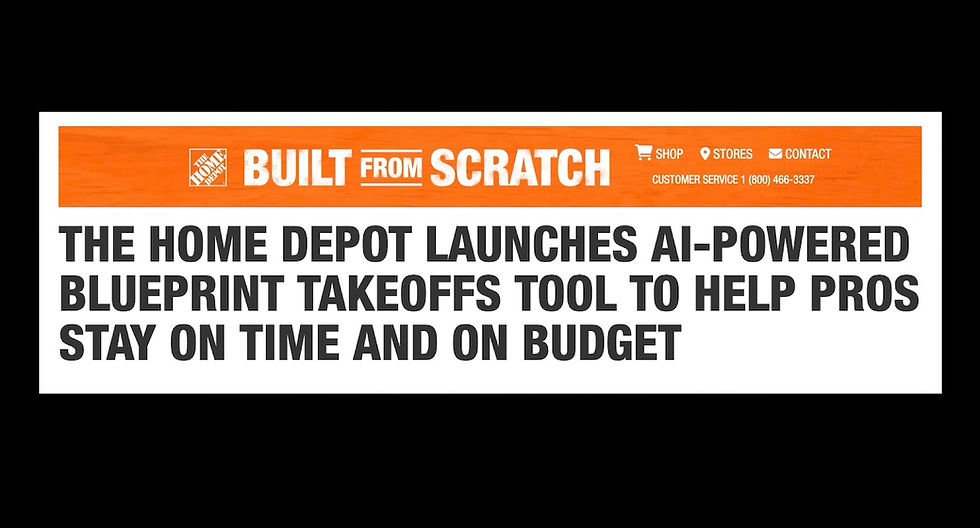NAHB Now Predicts 5% SF Starts Gain in '24, 18% MF Drop, 1% R&R Growth
- Craig Webb

- Oct 13, 2023
- 2 min read

The slump in single-family housing starts since 2021 will turn the corner next year, the National Association of Home Builder's AVP for Forecasting and Analysis told construction supply marketers Oct. 12. She also predicts multifamily starts will shrink while repair and remodeling expenditures will hold steady.
As with other presentations at the Building Products Customer Workshop, Danushka Nanayakkara's talk in Denver identified lots of headwinds facing the construction and repair industry before concluding there's growth ahead.
Here are the NAHB's latest forecasts:
Year | SF Starts | % Change | MF Starts | % Change | R&R Spending |
2021 | 1,132K | | 474K | | |
2022 | 1,004K | -11% | 547K | +15% | +7% |
2023 | 904K | -10% | 498K | -9% | -1% |
2024 | 946K | +5% | 409K | -18% | +1% |
2025 | 1,027K | +8% | 423K | +3% | +2% |
Note that these are starts, not projects under way. Dealers are likely to be busier now than that 10% SF starts drop for 2023 suggests because the homebuilding industry still is working through one of its biggest totals ever of homes under construction. But business will slow eventually, as indicated by a Nanayakkara map showing single-family permit issuances fell in every state but Hawaii during the first half of 2023 compared with the year-earlier period.
NAHB's forecast for starts growth bakes in the expectation that builders will find the workers need to achieve 2024's 5% SF starts increase. It also assumes the Federal Reserve will begin reducing its rates next year, thus helping mortgage rates fall. Conference speakers added to those concerns issues such as the wars in Ukraine and Israel, plus turmoil in Congress, and tremors from the 2024 presidential race.
“Uncertainty is a demon among us." said Grant Farnsworth of The Farnsworth Group (which co-sponsored the conference with Venveo). "We haven’t had much stability for several months. If we could just mellow out, we’ll see people’s confidence go up.”
Despite challenges, builders and pro contractors are doing fairly well. Grant Farnsworth noted that big builders have been able to sell their new homes in part because they're helping buy down mortgage rates. Builders also have benefited from a decline in the availability of existing homes for sale.
Meanwhile, the smaller builders and remodelers that responded to a Farnsworth Group survey showed optimism for business prospects in 2024:

Such good feelings seems to contrast with reports from The Home Depot, Lowe's, and other retailers indicating weak demand for construction and construction products. Other data presented at the conference suggests that poorer segments of the population are feeling challenged by our post-COVID economy, while wealthier segments have been less affected.
For instance. every month The Farnsworth Group asks consumers whether this is a good time to launch a project worth less than $5,000 as well as whether the time is right to launch a $5,000+ project. The percentage of people saying yes regarding an under-$5,000 job dropped in September to 42%, its lowest score since February. But at 22%, the percentage of respondents believing this is a good time for a $5,000+ project hasn't shifted by more than two points since April.
Carlos Martin, head of the Remodeling Futures Program at Harvard University's Joint Center for Housing Studies, pointed out that spending for energy-sensitive remodeling projects accounted for 34% of all home improvement spending as of 2021. He believes that share could rise if Americans take advantage from energy rebates that are part of federal legislation enacted last year.






Comments